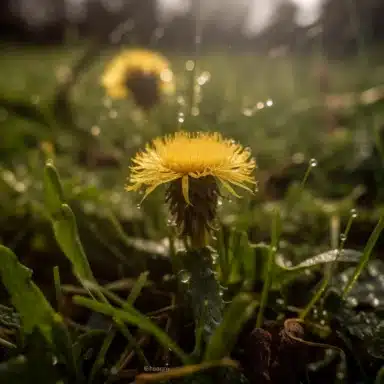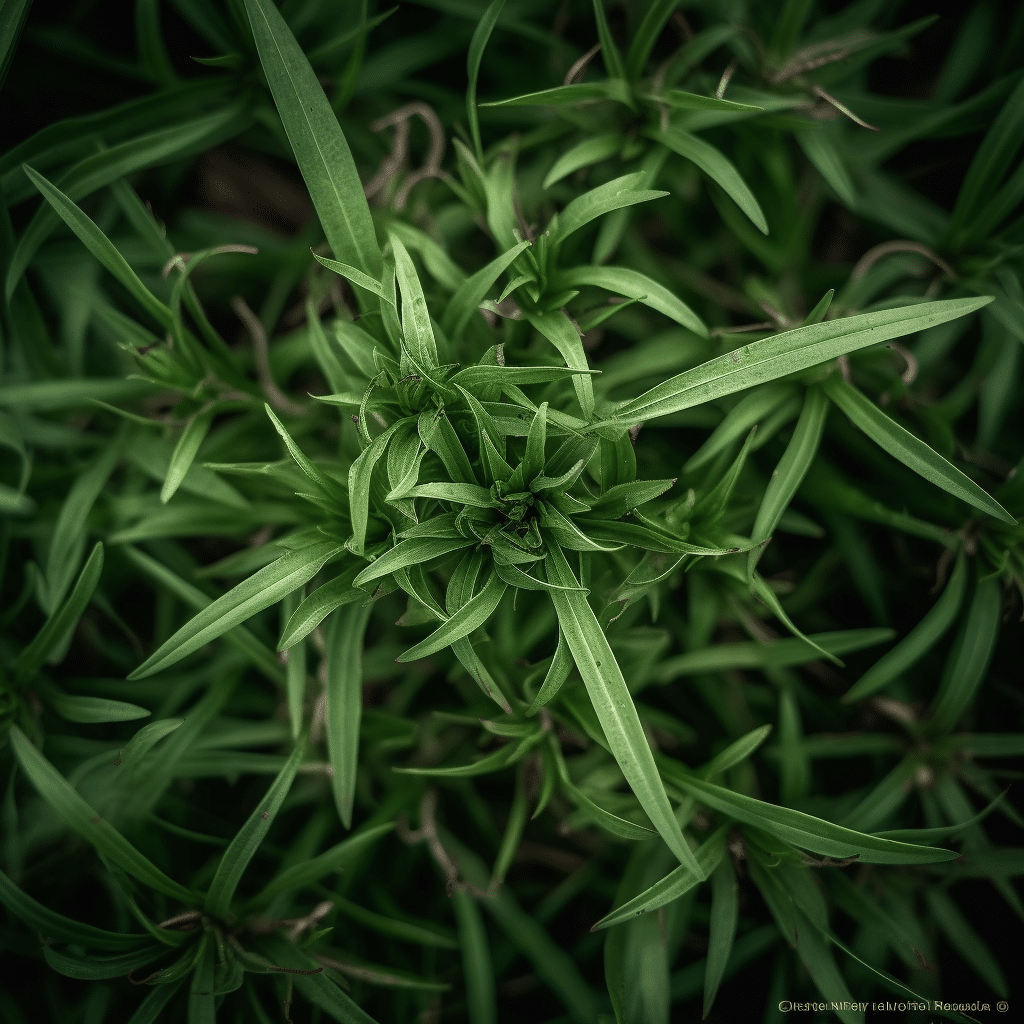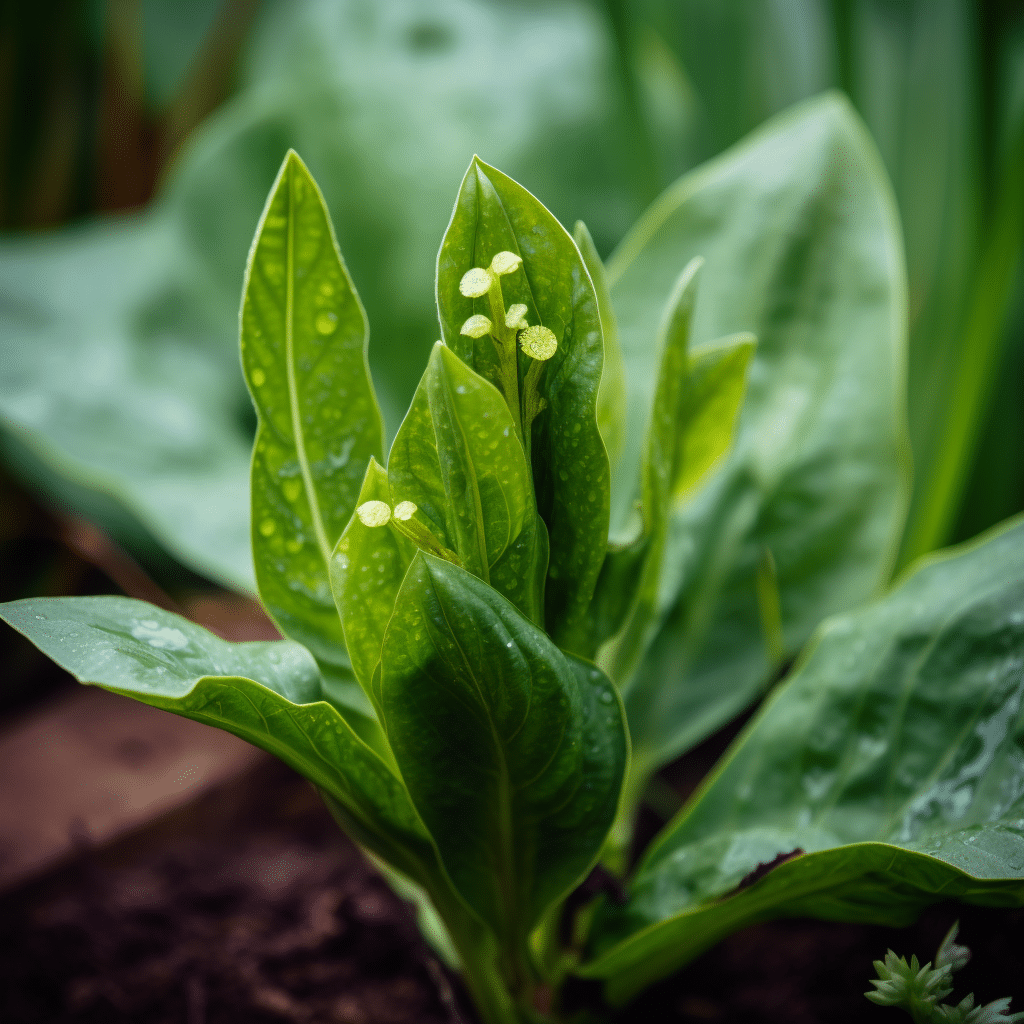
So let’s dive right in! I’ll give you the lowdown on some of Ontario’s most notorious weed culprits – their identifying characteristics, growth habits and effective strategies for managing them without causing harm to beneficial flora or fauna around them.

Understanding Ontario’s Common Weeds
Let’s dive into the world of weeds that are commonly found in Ontario. I’m sure you’ve encountered a few, whether in your backyard, local park, or on a countryside drive. It’s important to recognize these plants for what they are – invaders taking up valuable space and resources in our gardens.
One weed that reigns supreme is (Taraxacum officinale). You’ll find it everywhere from city parks to country fields. Its yellow flowers might seem attractive but don’t be fooled! This plant can quickly overtake your lawn if not managed properly.
Another common intruder is crabgrass (Digitaria). During summer months, this weed spreads its long tendrils across lawns and flowerbeds with reckless abandon. One thing to note about crabgrass: it thrives on compacted soil!
Ontario homeowners also frequently grapple with broadleaf plantain (Plantago major), a weed known for its broad leaves and love of moist soils.
But let me share something interesting about these unwanted visitors:
| Weed | Flower Color | Season |
|---|---|---|
| Dandelion | Yellow | Spring – Fall |
| Crabgrass | N/A | Summer |
| Broadleaf Plantain | White | Spring – Fall |
Despite their annoying tendencies, each one has unique characteristics worth noting!
- Dandelions: They’re actually edible! Their leaves make an interesting addition to salads.
- Crabgrass: While we despise them as gardeners, birds appreciate their seeds as food!
- Broadleaf Plantain: Believe it or not; this weed has medicinal properties used traditionally by Indigenous peoples.
Remember though; while some weeds have redeeming qualities (like those mentioned above), others like Poison Ivy can cause harm – always identify before handling unknown plants!
Being aware of common weeds in Ontario helps us manage our landscapes better – whether we want lush green lawns or thriving flower beds free from invasive species’ interference. Now you know more about dandelions than just being pesky lawn intruders! Knowledge truly is power when battling against the invasion of the green kind.

Conclusion: Keeping Your Garden Weed-Free
There’s a sense of satisfaction that comes from maintaining a pristine garden. But let’s be honest, keeping your garden weed-free in Ontario isn’t an easy task. With the common weeds we’ve got here, it takes more than just an occasional weeding session.
It’s important to remember that prevention is better than cure when it comes to dealing with weeds. A thick layer of mulch can be your first line of defense against these pesky plants by preventing sunlight from reaching them.
But if you’re already battling an invasion, don’t despair! You’ll need some patience and the right techniques. Here are some strategies you could employ:
- Hand pulling: This method works best for small infestations.
- Hoeing: This helps cut off the weed’s source of nutrients.
- Herbicides: If all else fails, consider using herbicides designed specifically for the types of weeds in your garden.
Remember though – there’s no one-size-fits-all solution here because every garden has its unique challenges.
Another tip? Get familiar with what grows naturally around you – this knowledge will prove handy when identifying potential threats before they become too overwhelming!
Now I won’t say maintaining a weed-free garden is effortless but armed with these tips and tricks (and a bit of diligence), those pesky Ontario weeds won’t stand a chance against you!
Happy gardening folks!
Troy Channer is a seasoned professional with over a decade of experience in the construction industry, specializing in residential projects and road infrastructure networks. His expertise spans a broad range of skills, including proficiency in Microsoft Excel, Word, and PowerPoint, which he adeptly uses to streamline operations and enhance productivity.
Troy’s commitment to excellent customer service is a cornerstone of his professional philosophy, always prioritizing client satisfaction and fostering strong relationships. His leadership skills are well-recognized, and he has a proven track record of managing teams to deliver high-quality results.
In addition to his construction experience, Troy is also the proud owner of a successful landscape company based in Oakville. This venture allows him to apply his extensive knowledge of civil engineering and project management to create beautiful and sustainable outdoor spaces for his clients.
Troy holds an Advanced Diploma in Civil Engineering Technology from Humber College, further solidifying his credentials as a highly skilled operations professional in the industry. His combined experience and education make him a versatile professional capable of tackling a wide range of projects.








